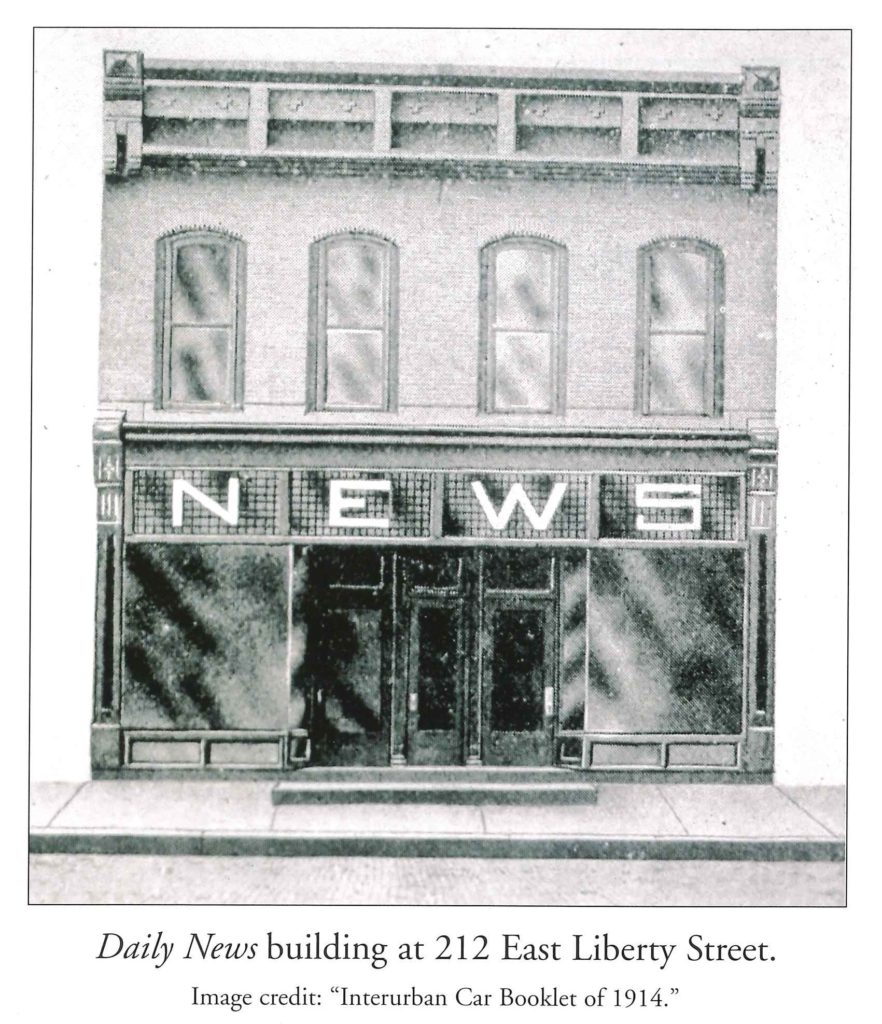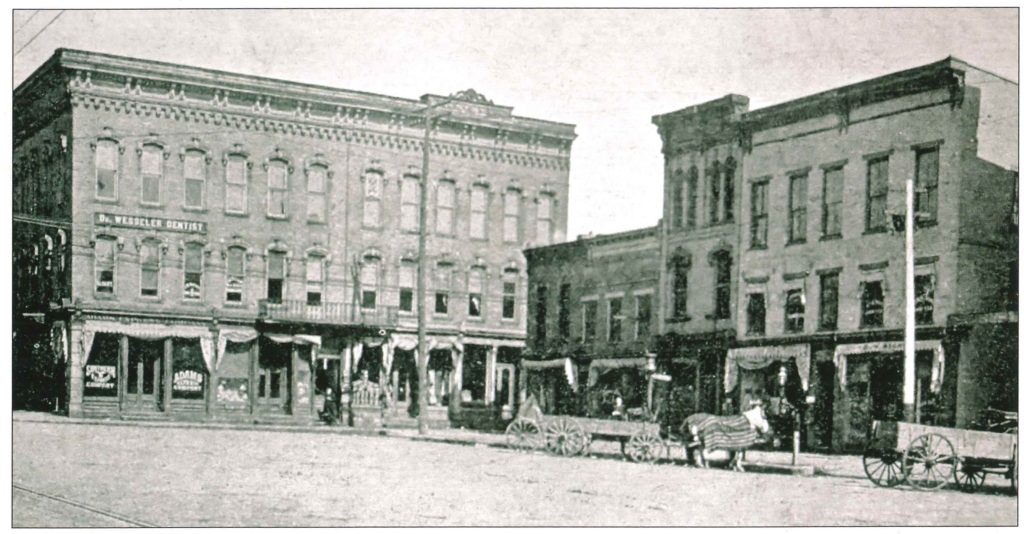Introduction
- Home
- Community in the Columns
- Special Exhibitions
- Introduction
In the nineteenth century, newspapers spread like wildfire across the country. Emerging technology, expanded suffrage, and an emphasis on national education meant that more Americans were reading newspapers than ever before. But the role of newspapers varied across the country. The editor of the New York Herald, most popular and profitable daily newspaper in the United States, declared that the function of a newspaper “is not to instruct but to startle and amuse.” But that wasn’t the case in Wayne County. The two dominant newspapers of the late nineteenth century did much more than amuse. The Wayne County Democrat and the Wooster Republican served much more vital purposes. For citizens of Wooster from 1850-1899, the local newspapers served as a source of entertainment, a political platform, and a forum for community engagement. In all of its columns, the local newspaper was the site for the construction of a local community.

After touring the United States in 1830, the French diplomat Alexis de Tocqueville described the small-town newspaper as an essential building block of American democracy. The small-town press, he wrote, “is the power which impels the circulation of political life through all the districts of that vast territory. It rallies the interests of the community round certain principles, and it draws up the creed which factions adopt.”5
In nineteenth-century Wayne County, local newspapers served as a platform to interact with those of different political beliefs and set the agenda for what news the town would focus on. Who was involved with the newspapers – who edited them, who bought them, who was left out – can tell us a lot about the society and culture that was flourishing in nineteenth century Wooster.
A full account of the Wayne County press in the second half of the nineteenth century is beyond the scope of this exhibition. Today, the Wayne County Public Library counts more than 30,000 pages in its digitized collections of newspapers from 1850 to 1900, drawn from the Wooster Republican (weekly and then daily after 1890), the Wayne County Democrat (a weekly published in Wooster), and the Dalton Gazette (weekly). We’ve only been able to scratch the surface of this vast archive. But our research in the Wayne County newspaper of the late nineteenth century is a revealing one. It shows the newspaper as an indispensable site for the making and remaking of a Wooster community.

Footnotes:
1: B. F. Bowen, History of Wayne County Ohio, vol. 1 (Indianapolis: B. F. Bowen & Company, 1910), 316.
2: Alexis de Tocqueville, Democracy in America, Vol. 1. (Urbana, Illinois: Project Gutenberg, 2006). https://www.gutenberg.org/files/815/815-h/815-h.htm

